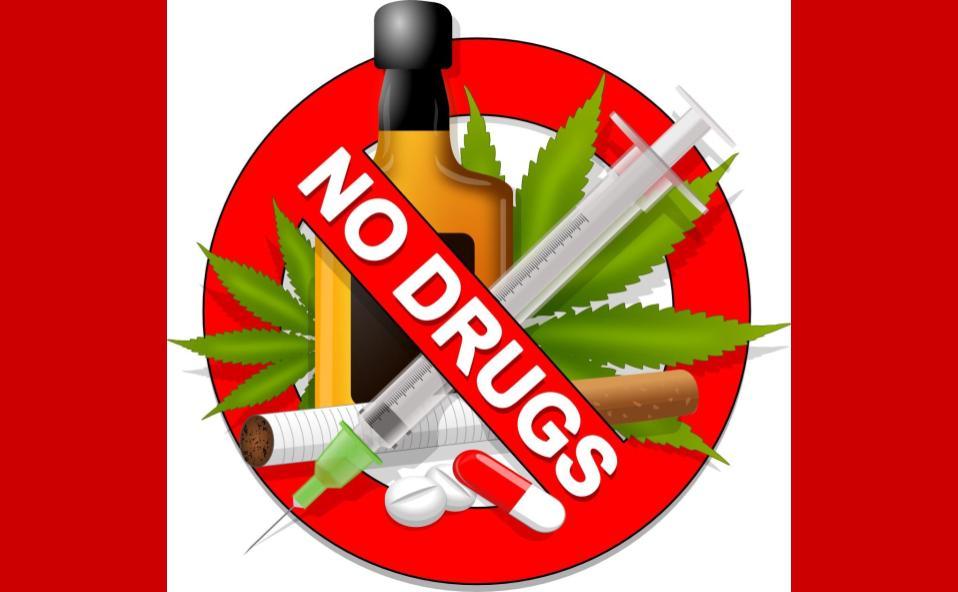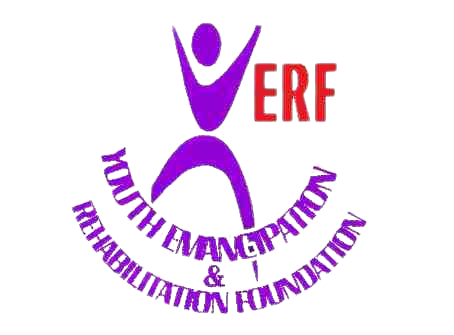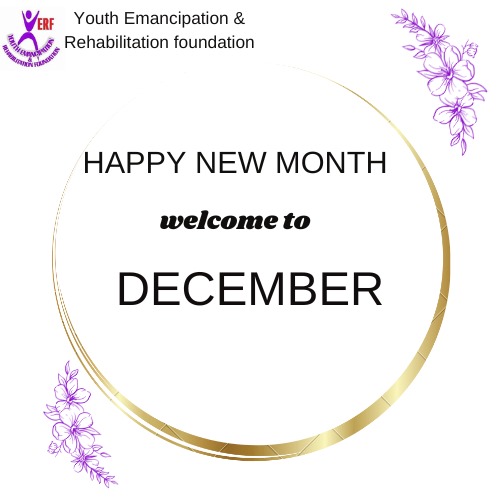
Preventing Drug Use among Children and Adolescents
Research has shown that the key risk periods for drug abuse are during major transitions in children’s lives. The first big transition for children is when they leave the security of the family and enter school. Later, when they advance from elementary school to middle school, they often experience new academic and social situations, such as learning to get along with a wider group of peers. It is at this stage—early adolescence—that children are likely to encounter drugs for the first time.
When they enter high school, adolescents face additional social, emotional, and educational challenges. At the same time, they may be exposed to greater availability of drugs, drug abusers, and social activities involving drugs. These challenges can increase the risk that they will abuse alcohol, tobacco, and other substances.
When young adults leave home for college or work and are on their own for the first time, their risk for drug and alcohol abuse is very high. Consequently, young adult interventions are needed as well.
Studies such as the National Survey on Drug Use and Health, formally called the National Household Survey on Drug Abuse, reported by the Substance Abuse and Mental Health Services Administration, indicate that some children are already abusing drugs at age 12 or 13, which likely means that some begin even earlier. Early abuse often includes such substances as tobacco, alcohol, inhalants, marijuana, and prescription drugs such as sleeping pills and anti-anxiety medicines. If drug abuse persists into later adolescence, abusers typically become more heavily involved with marijuana and then advance to other drugs, while continuing their abuse of tobacco and alcohol. Studies have also shown that abuse of drugs in late childhood and early adolescence is associated with greater drug involvement. It is important to note that most youth, however, do not progress to abusing other drugs.
Scientists have proposed various explanations of why some individuals become involved with drugs and then escalate to abuse. One explanation points to a biological cause, such as having a family history of drug or alcohol abuse. Another explanation is that abusing drugs can lead to affiliation with drug-abusing peers, which, in turn, exposes the individual to other drugs.
Researchers have found that youth who rapidly increase their substance abuse have high levels of risk factors with low levels of protective factors.Gender, race, and geographic location can also play a role in how and when children begin abusing drugs.
Copied from ; National Institute on Drug Abuse
NIDA. 2020, May 25. Chapter 2: Planning for Drug Abuse Prevention in the Community. Retrieved from https://www.drugabuse.gov/publications/preventing-drug-use-among-children-adolescents/chapter-2-planning-drug-abuse-prevention-in-community on 2020, July 5











Comments